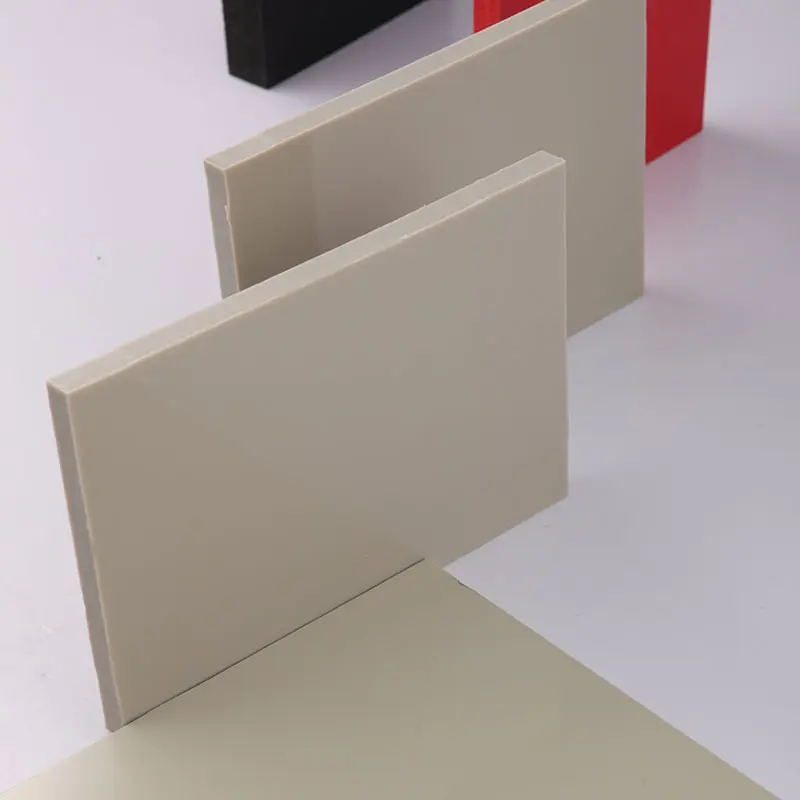Dec . 14, 2024 11:07 Back to list
ppr pipe fittings
Understanding PPR Pipe Fittings A Comprehensive Guide
PPR (Polypropylene Random Copolymer) pipe fittings have become increasingly popular in various plumbing and construction applications due to their numerous advantages over traditional piping materials. This article explores the characteristics, benefits, installation methods, and applications of PPR pipe fittings.
What are PPR Pipe Fittings?
PPR pipe fittings are components made from polypropylene random copolymer, which allows for a flexible and durable solution in plumbing systems. The fittings are used to connect lengths of PPR pipes, enabling the transportation of water and other fluids. They come in various shapes and sizes, including elbows, tees, couplings, and reducers, catering to different piping requirements.
Key Features of PPR Pipe Fittings
1. Corrosion Resistance One of the primary advantages of PPR pipe fittings is their resistance to corrosion. Unlike metal pipes, PPR does not rust or corrode over time, ensuring a longer lifespan and reduced maintenance costs.
2. Chemical Resistance PPR materials are resistant to a wide range of chemicals, including acids, alkalis, and organic solvents. This property makes them suitable for industrial applications where harsh substances are commonly transported.
3. Temperature and Pressure Tolerance PPR fittings can withstand high temperatures (up to 95°C or 203°F) and pressures, making them ideal for both hot and cold water systems. This versatility allows their use in diverse applications, from residential plumbing to commercial use.
4. Lightweight PPR fittings are significantly lighter than their metal counterparts. This characteristic simplifies transportation and handling during installation, making the overall process more efficient.
5. Eco-Friendly Made from recyclable materials, PPR pipes and fittings are an environmentally friendly option. They are free from toxic materials such as chlorine and heavy metals, promoting safer usage.
Installation of PPR Pipe Fittings
The installation of PPR pipe fittings is relatively straightforward, making them suitable for both professional plumbers and DIY enthusiasts. The process primarily involves the following steps
1. Cutting the Pipe The PPR pipes must be cut to the desired length using a suitable cutting tool. It’s important to ensure that the cuts are clean and straight to guarantee a proper fit.
ppr pipe fittings

2. Heating the Fitting PPR fittings are typically joined using a heat fusion process. This involves heating the ends of the pipes and fittings using a specialized electric heating tool until they reach the required temperature.
3. Joining Once the pipe and fitting are adequately heated, they are joined together by pushing them onto each other, creating a permanent bond as they cool down.
4. Cooling The joined fittings should be allowed to cool naturally. During this time, it’s crucial to avoid any movement to ensure a strong bond.
Applications of PPR Pipe Fittings
PPR pipe fittings find applications across various sectors
- Residential Plumbing Ideal for both hot and cold water supply systems within homes, PPR fittings contribute to efficient water distribution.
- Industrial Applications Due to their chemical resistance, PPR fittings are widely utilized in industries for transporting aggressive fluids and chemicals.
- Heating Systems They are suitable for underfloor heating and radiator connections, providing efficient thermal conductivity.
- Irrigation and Agriculture PPR fittings play a significant role in agricultural irrigation systems, ensuring efficient water delivery and management.
Conclusion
PPR pipe fittings are revolutionizing plumbing and piping systems with their superior qualities and ease of installation. Their corrosion resistance, chemical resilience, and lightweight nature make them an excellent choice for various applications. As the demand for sustainable and durable plumbing solutions continues to rise, PPR fittings are poised to lead the way in providing efficient and environmentally friendly options. Whether for residential, commercial, or industrial use, understanding the benefits and applications of PPR pipe fittings will guide users in making informed decisions regarding their piping needs.
-
Durable PP Rigid Sheet: Lightweight, Chemical Resistant Solutions
NewsAug.21,2025
-
PVC Grey Sheet for Extraction: Chemical Resistant & Durable
NewsAug.19,2025
-
Durable PVC Pipe Fittings for Plumbing & Irrigation Needs
NewsAug.18,2025
-
HDPE Steel Belt Reinforced Spiral Corrugated Pipe | High Strength
NewsAug.17,2025
-
HDPE Pipe Fittings: Durable, Leak-Proof Solutions
NewsAug.16,2025
-
Premium CPVC Sheet: High-Temp & Chemical Resistant Solutions
NewsAug.15,2025

